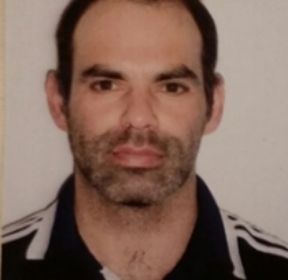
Henrico Erasmus
University of Zululand, South AfricaTitle: Rugby Injury Incidence In Semi-Rural University Team
Abstract:
Rugby Union is a very important international sport, while in South Africa it played an important part in unifying racial groups in the country during challenging political times, making it the second most popular sport in South Africa. It is contact sport and due to the nature of the sport, players experience high injury incidences. Rugby players in rural areas might experience unique challenges and risk of injury. Rugby injury incidence in rural areas has not been well researched and it is unclear if rural based teams in South Africa are at increased risk of injury. Aim: The aim of this study was to determine the overall injury incidence of the male senior rugby team at the University of Zululand during the competitive part of the 2019 season and to compare the injury incidence between matches and training. Methods: This study used a purposive, quantitative design which included 30 rugby players from the University of Zululand`s first team and collected training and match injury data during the competitive phase of the season. Injuries were expressed relative to exposure as number of injuries per 1000 hours of exposure. Results: a total of 52 injuries were recorded over a period of 5 months which included training and matches. The overall injury incidence was 22.9 injuries per 1000 hours of play. Most injuries occurred during matches - especially during the first period of the competitive season, whilst training injury incidence increased during the last and most competitive part of the season.
Biography:
Erasmus is a registered Biokineticist with the Health Professional Council of South Africa, a board member of the Coaching and Education Commission of Judo South Africa, internationally accredited coach with the International Judo Federation and certified cycling, athletics and rugby coach in South Africa. He currently works as university lecturer at the University of Zululand. He holds a PhD from North-West University, South Africa, in the field of injury prevention. He has practiced as part of various sports medicine teams over the course of 14 years before starting a career as lecturer. His research interests are injury prevention during long term tathlete development (LTAD) and utilising pedagogical principles of physical education and coaching to improve practitioner-patient communication and injury rehabilitation.
